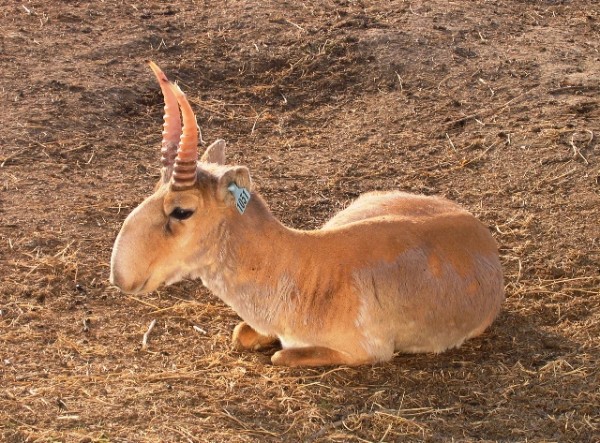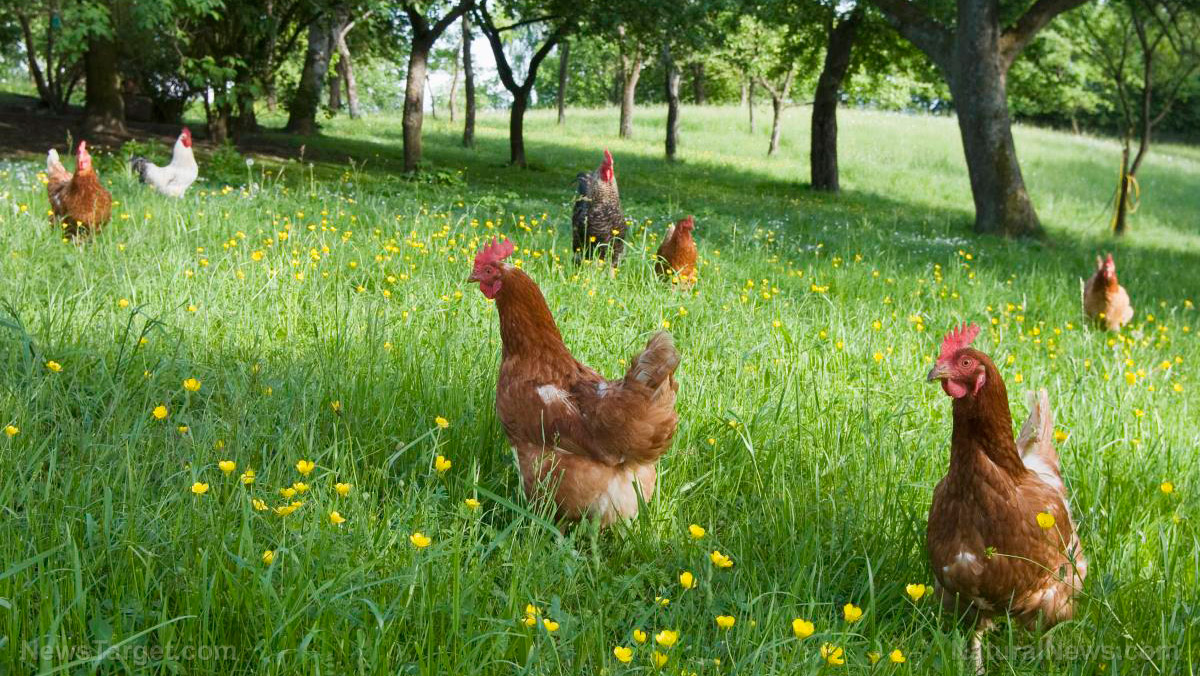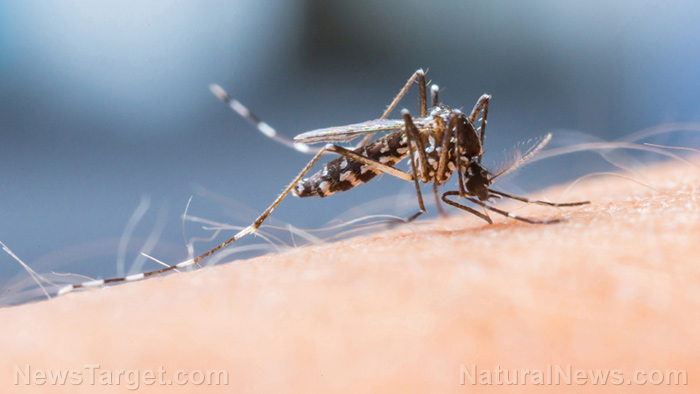
Advertisement
Millions of Saiga antelope, or Saiga tatarica, once took part in one of the world’s most spectacular migration displays when they headed south to their winter home each year. However, a combination of factors involving human greed and natural disaster have left the Saiga population decimated, and it is now considered to be critically endangered, according to the World Wildlife Fund (WWF).
Saiga antelope have had three main enemies in recent years:
- Uncontrolled hunting for meat by humans, as well being hunted for their horns, which are highly sought after in Chinese medicine;
- Loss of habitat: Competing with other species for habitat, and with humans and their ever-increasing demand for greater agricultural land; and
- Several years of particularly severe winters followed by devastating summer droughts has severely weakened the herd.
Just over 20 years ago, in the 1990s, there were over a million of these quirky looking creatures left in their natural habitat in Kazakhstan and, to a lesser extent, in Mongolia. Now, their population has dwindled to just 50,000. And the Mongolian subspecies, Saiga tatarica mongolica, is the most endangered of all.
Until recently, experts estimated that there were about 10,000 of them left in the wild. Then a recent disease outbreak killed 2,500 more in one fell swoop, further reducing their numbers by a staggering 25 percent. (RELATED: What other outbreaks are affecting human and animal life? Stay informed at Outbreak.news)
International Business Times is reporting that the livestock virus, Peste des Petits Ruminants (PPR), was passed onto the Saiga by domestic sheep and goats that were initially infected.

Though the worst of the outbreak seems to be over, animals are still dying, so the final number lost could be even more devastating. (RELATED: See what other species are under attack and threat of extinction at Collapse.news)
Though the Mongolian National Emergency Committee is trying to do all it can to assist the stricken animals, the economic situation of the country is such that resources are severely limited, and help has been sought from international aid agencies.
Dr. Amanda Fine, a veterinarian and associate director of the Wildlife Conservation Society (WCS) Wildlife Health Program in Asia, described the situation as “tragic and widespread.”
And conservationists are worried about the possible knock-on effect of the outbreak in terms of other animals. For example, the snow leopard, which is also endangered, with a population of only between 4,080 and 6,590, will be affected by the reduction in available prey.
The WCS and a rapid response team are working together to deal with the outbreak, and are collecting samples of dead antelopes, performing necropsies (animal autopsies) and keeping an eye on sick animals. They hope that their analysis will help them to better protect these rare animals from the virus in future.
Dr. Fine noted that to save the last few remaining Saiga, it is important to ensure that they are provided with a stress-free environment where they can recover, and where they have access to fresh food and water.(RELATED: Stay up-to-date with all the latest threats to our environment at Environ.news)
Of course, the scientists are eager to start “further immunization [sic] of livestock in not only saiga range areas but other affected species range areas.” [Emphasis added]
The use of the word “further” would seem to indicate that the animals had already been vaccinated, albeit unsuccessfully. As is so often the case with vaccines, the risks far outweigh the benefits, and they are never all that successful to begin with.
We can only hope that scientists are able to turn the situation around for these odd-looking but truly special creatures.
Sources:
Submit a correction >>
This article may contain statements that reflect the opinion of the author
Advertisement
Advertisements















